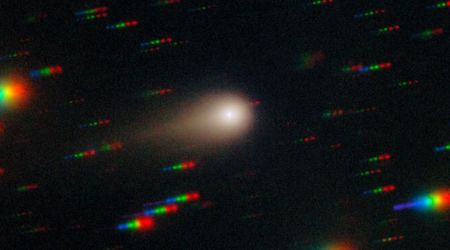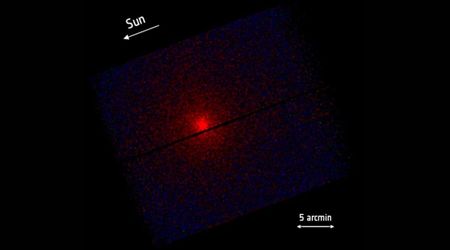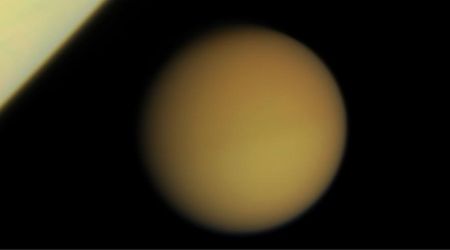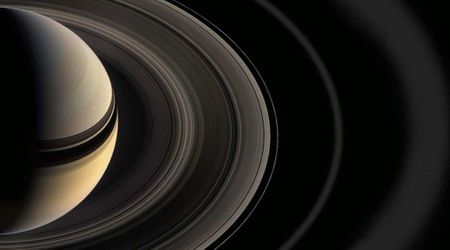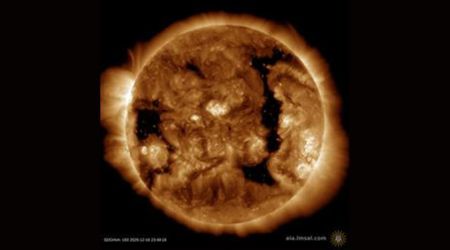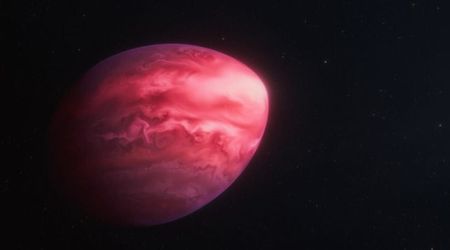Astronomers confirm discovery of a fifth potentially habitable world orbiting a red dwarf 35 light-years away
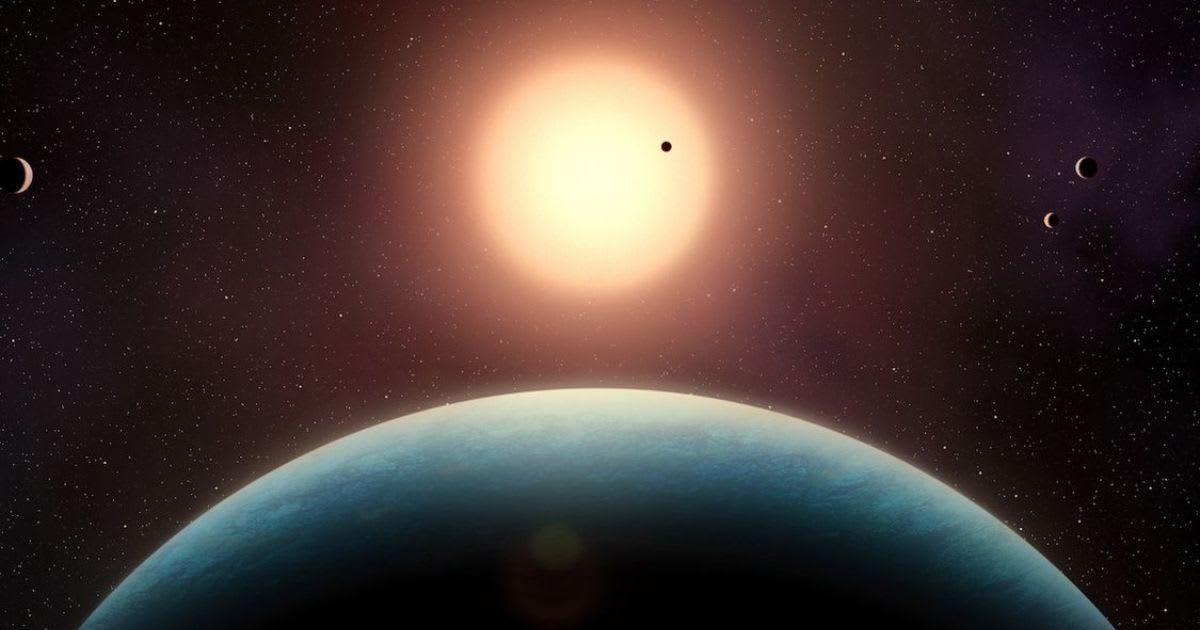
A research team, spearheaded by the Trottier Institute for Research on Exoplanets (IREx) at the Université de Montréal, has announced the confirmation of a fifth planet within the L 98-59 star system, a red dwarf located a mere 35 light-years from Earth. This newly identified exoplanet resides within the star's habitable zone, a region where conditions are potentially conducive to the presence of liquid water, according to the Trottier Institute for Research on Exoplanets (IREx).

The L 98-59 system, previously known to host four planets, has undergone the most extensive analysis to date, providing unprecedented detail on its planetary inhabitants. The initial three planets were detected in 2019 by NASA's TESS space telescope, with a fourth subsequently identified through radial velocity measurements using the European Southern Observatory's ESPRESSO Spectrograph. All four inner planets maintain remarkably tight orbits, positioned significantly closer to their star than Mercury is to our Sun.

Led by Université de Montréal and IREx researcher Charles Cadieux, the team meticulously re-examined a vast trove of observations from both ground-based and space-based telescopes. This rigorous re-analysis allowed for a significantly more precise determination of the planet's sizes and masses. “These new results paint the most complete picture we’ve ever had of the fascinating L 98-59 system,” stated Cadieux. “It’s a powerful demonstration of what we can achieve by combining data from space telescopes and high-precision instruments on Earth, and it gives us key targets for future atmospheric studies with the James Webb Space Telescope."

The planets within the L 98-59 system exhibit characteristics consistent with terrestrial bodies. Notably, L 98-59 b, the innermost planet, measures only 84% the size of Earth and possesses approximately half its mass, marking it as a rare sub-Earth with accurately measured parameters. Observations suggest that the two inner planets may experience extreme volcanic activity, potentially driven by tidal heating, similar to Jupiter's moon Io. Conversely, the third planet displays an unusually low density, leading researchers to hypothesize it may be a "water world", a planet with a substantial water content, unlike any found in our Solar System. The refined measurements also indicate nearly perfectly circular orbits for these inner planets, a favorable condition for future atmospheric detections.

René Doyon, a co-author of the study and Director of IREx, emphasized the system's significance: “With its diversity of rocky worlds and range of planetary compositions, L 98-59 offers a unique laboratory to address some of the field’s most pressing questions: What are super-Earths and sub-Neptunes made of? Do planets form differently around small stars? Can rocky planets around red dwarfs retain atmospheres over time?”
The most significant finding is L 98-59 f, the fifth planet, located in the temperature zone. Though it doesn't cross the star, its presence was detected by subtle changes in the star's motion, using data from HARPS and ESPRESSO. This planet receives a similar amount of stellar energy as Earth, placing it in the region where liquid water could persist. “Finding a temperate planet in such a compact system makes this discovery particularly exciting,” Cadieux said. “It highlights the remarkable diversity of exoplanetary systems and strengthens the case for studying potentially habitable worlds around low-mass stars,” as mentioned by IREx.

The team made these discoveries by re-analyzing existing data from NASA's TESS, ESO's HARPS and ESPRESSO, and the JWST. They used advanced techniques, including a novel line-by-line radial velocity and a new differential temperature indicator, to significantly boost data precision. This allowed them to remove stellar activity signals and reveal planetary signatures with unprecedented clarity. These improved measurements, combined with JWST transit analysis, doubled the precision of mass and radius estimates for the known planets. The full study, titled “Detailed Architecture of the L 98-59 System and Confirmation of a Fifth Planet in the Habitable Zone,” has been accepted for publication in The Astronomical Journal and can be viewed now on the arXiv preprint server, per Phys.org.



